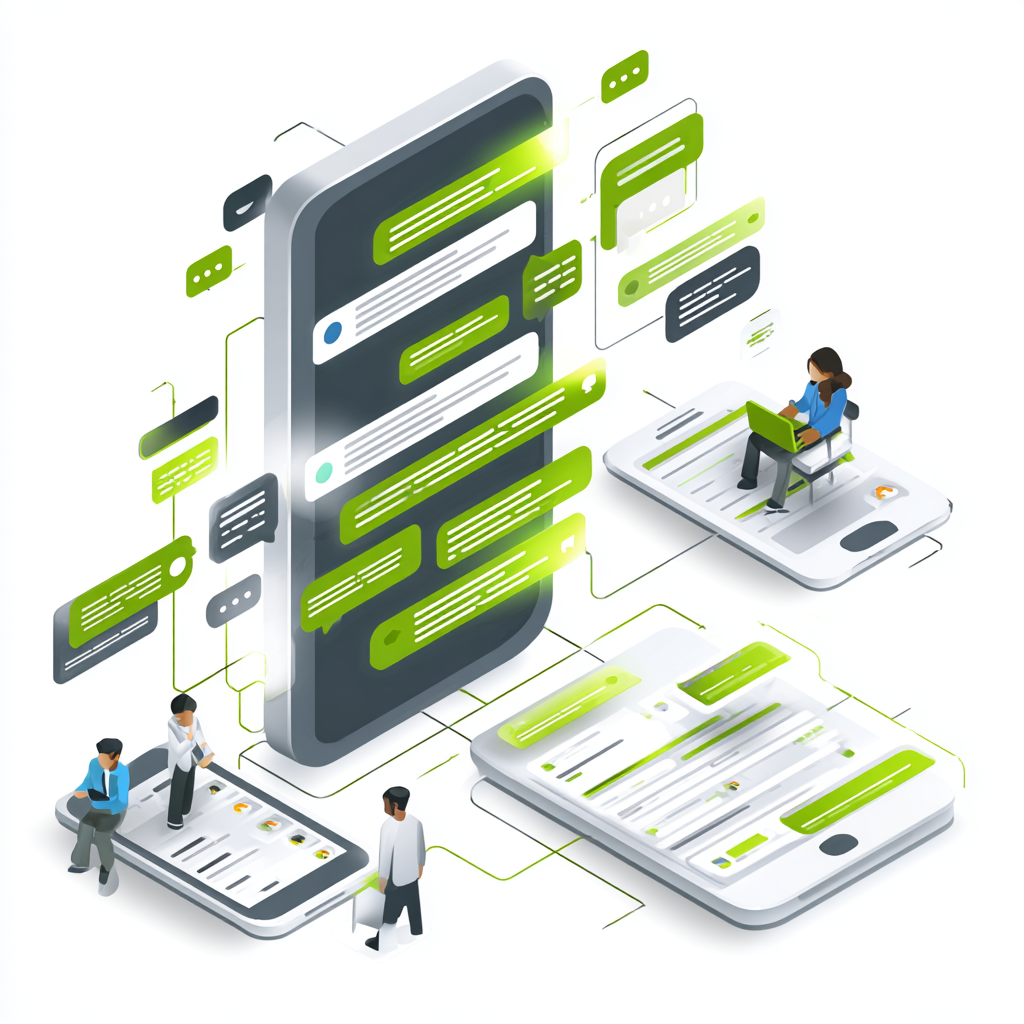With customer expectations reaching unprecedented levels, businesses that fail to keep pace risk losing out. It is not just about what you sell, but the entire experience you provide. Research indicates that 86% of buyers are willing to pay more for a superior customer experience, and 73% consider it a pivotal factor in purchasing decisions. A stellar experience can transform one-time buyers into loyal advocates, while a subpar one can drive them straight into the arms of your competitors. This article will explore seven key reasons why customer experience drives business growth, particularly in 2025 and beyond. It offers a promising outlook for your business’s future.
7 Reasons why customer experience drives business growth
The truth is, customer expectations will continue to rise. Speed, personalization, empathy, and convenience are no longer perks; they are basic expectations. Businesses that fail to meet these demands will lose relevance, while those that proactively adapt will earn loyalty and trust. The reasons why customer experience drives business growth include:
1. Customer retention is cheaper than acquisition
One of the most compelling reasons to focus on customer experience is the cost-effectiveness of retention. According to a widely cited study by Bain & Company, a mere 5% increase in customer retention rates can lead to a profit surge of 25% to 95%. Retaining an existing customer is significantly cheaper than acquiring a new one, making it a financially savvy strategy. Good CX fosters customer loyalty. Key tip: Invest in tools like CRM systems, feedback loops, and loyalty programs to nurture long-term customer relationships.
2. A great experience drives word-of-mouth referrals
Happy customers are the best brand ambassadors. They talk about your service to friends, leave glowing reviews online, and share their experience on social media, bringing in new customers at no additional marketing cost. Word-of-mouth marketing remains one of the most trusted forms of advertising. But it does not happen by accident. It is triggered when customers experience something positive, helpful, and emotionally resonant that is worth talking about. Example: Think of Zappos, the online shoe retailer. Key tip: Train your customer-facing teams to delight, not just serve your customers. A little effort goes a long way.
3. Customer experience is a key differentiator
In crowded markets where products and services are similar, experience becomes the deciding factor. According to a PwC study, 73% of consumers say CX is a critical factor in their purchasing decisions, yet only 49% believe companies provide a good experience. People no longer buy just based on price or product. They buy based on how it makes them feel. Companies like Apple, Amazon, and Airbnb have mastered the art of experience, offering simplicity, personalization, and convenience at every touchpoint. Key tip: Map out your customer journey and identify moments where you can create frictionless, memorable interactions. Every touchpoint is a chance to build loyalty.
4. It boosts revenue and profitability
Customer experience is directly linked to revenue growth. Businesses that deliver superior experiences outperform their competitors in terms of profit, customer lifetime value, and market share. For instance, research from Temkin Group (now part of Qualtrics) found that companies earning $1 billion annually can expect to earn an additional $700 million within three years of investing in CX. That’s a staggering 70% growth potential, making it a compelling reason to prioritize customer experience. Key tip: Use data analytics to track customer behavior and personalize offers, communications, and interactions to maximize value at each stage.
5. Negative experiences can go viral fast
In today’s social media-driven world, a single negative experience can be amplified across platforms and damage a brand’s reputation in minutes. Unlike in the past, when an upset customer might complain to a few friends, now, they can reach thousands with a single tweet or video. According to Esteban Kolsky, 13% of unhappy customers will share their complaints with 15 or more people, while only 1 in 26 unhappy customers complain, and the rest leave. You may not realize when you are losing customers due to poor experiences. And by the time the damage is public, it could take months or years to rebuild trust. Key tip: Monitor reviews, social media mentions, and support feedback. Be proactive about resolving issues and showing accountability.
6. CX aligns with customer expectations in a digital era
As technology evolves, so do customer expectations. Today’s buyers demand convenience, speed, and personalization. They expect seamless interactions across channels, whether browsing on a smartphone, chatting with a bot, or speaking to a support agent. According to Salesforce’s State of the Connected Customer report, 88% of customers say a company’s experience is as necessary as its products or services. Companies that fail to meet these expectations risk being left behind. Customers want brands to:
- Remember their preferences
- Respond quickly
- Offer personalized solutions
- Be available on multiple platforms
- Key tip: Embrace digital transformation. Use automation, AI, and omnichannel support to meet your customers where they are.
7. Employee experience improves when CX is a priority
There’s a strong link between customer experience and employee experience. Employees feel more fulfilled when equipped with the tools, training, and culture to serve customers well. A customer-centric company tends to have a stronger internal culture, where everyone, from marketing to product to customer service, works together with the customer in mind. This not only improves employee morale but also leads to better service delivery. Companies like Ritz-Carlton, Southwest Airlines, and Nordstrom are known for happy employees and satisfied customers. Key tip: Empower employees with knowledge, authority, and incentives to go above and beyond for customers.
How to start improving customer experience today
Improving your customer experience does not have to involve a massive overhaul. Small, consistent efforts can lead to significant results. Here’s a roadmap to get started:
1. Listen to your customers
- Use surveys, polls, and one-on-one interviews
- Analyze customer reviews and social media
- Ask for feedback at critical touchpoints (e.g., post-purchase)
2. Map the customer journey
- Identify each interaction a customer has with your brand
- Spot friction points and areas for improvement
- Make the journey smoother, faster, and more enjoyable
3. Train your team
- Conduct customer service workshops
- Role-play difficult scenarios
- Encourage empathy, patience, and problem-solving
4. Use technology wisely
- Invest in live chat, chatbots, CRM systems, and helpdesk tools
- Ensure all channels are integrated and responses are consistent
5. Reward loyalty
- Create programs that recognize and reward returning customers
- Offer exclusive discounts, early access, or VIP perks
6. Measure your progress
- Track Net Promoter Score (NPS), Customer Satisfaction Score (CSAT), and Customer Effort Score (CES)
- Set benchmarks and goals
- Continuously review and refine your CX strategy
Customer experience is no longer optional
One takeaway from this article is that customer experience is no longer a “nice-to-have” but a must-have. In an era where consumers are inundated with choices, the brands that stand out are those that create meaningful, consistent, and positive experiences. From retention and referrals to revenue and reputation, the benefits of great CX touch every part of your business. The companies that thrive in 2025 and beyond will understand the importance of CX and embody it at every level of their organization. Customer experience is not just a department; it’s a strategic priority. It is a mindset. It is a culture. It is a promise you keep every day with every product, every message, every support ticket, and every interaction.





